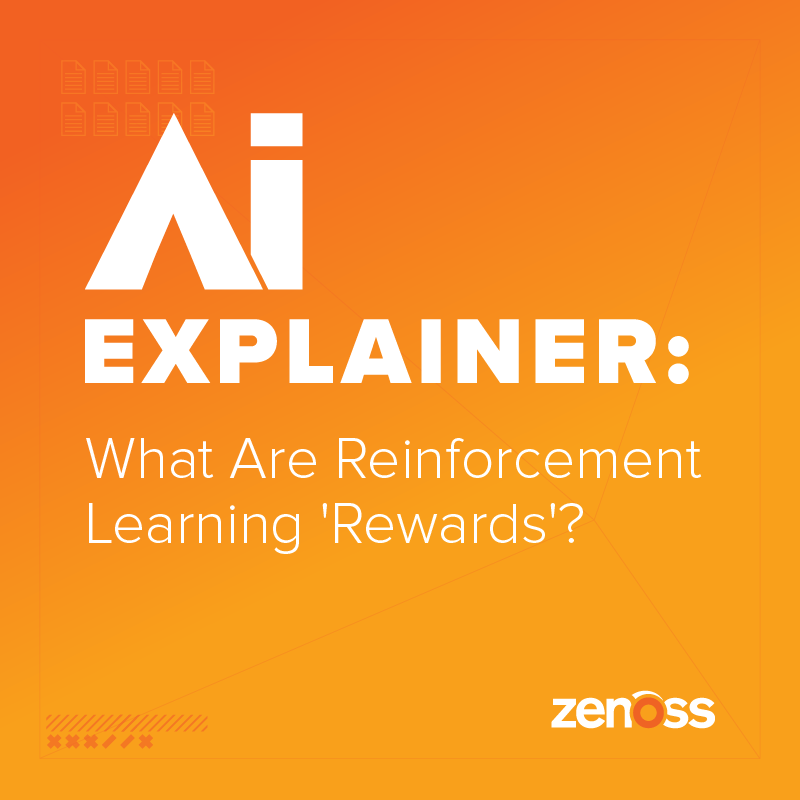In a previous blog post, which was a glossary of terms related to artificial intelligence, I included this brief definition of "reinforcement learning":
Reinforcement Learning: A type of machine learning where an agent learns to make decisions through trial and error, receiving rewards (numerical values) for taking the right actions.
I expect this definition would prompt many to ask, "What rewards can you give a machine learning agent?" A gold star? Praise? No, the short answer is: numerical values.
In reinforcement learning, rewards are crucial for training agents to make decisions that maximize their performance in a given environment. Rewards are numerical values that the agent receives after taking an action in a particular state. These rewards help the agent learn which actions are favorable and which are not.
Here are some examples of rewards that an agent can receive in reinforcement learning:
- Positive Rewards: These are rewards given to encourage desirable actions. Examples include:
- +1 for reaching the goal in a maze.
- +10 for successfully completing a task in a video game.
- +5 for a robot picking up an object correctly.
- Negative Rewards (Penalties): Negative rewards are used to discourage undesirable actions. Examples include:
- -1 for an agent making an incorrect move in a game.
- -10 for a self-driving car colliding with an obstacle.
- -5 for a robot dropping an object.
- Sparse Rewards: In some environments, rewards may be given infrequently or only at critical milestones. For example:
- +100 for solving a challenging puzzle.
- -100 for a crash in a flight simulator.
- Time-Based Rewards: Rewards based on time can encourage agents to complete tasks more quickly. For instance:
- +1 for every millisecond faster in solving a complex puzzle.
- -1 for every minute delay in delivering a package.
- Cumulative Rewards: In many reinforcement learning problems, rewards accumulate over time. The agent seeks to maximize the total cumulative reward. Examples include:
- +1 for each step taken without falling in a balancing task.
- +1 for each correct character predicted in a language modeling task.
- Intrinsic Rewards: These are internal rewards generated by the agent itself to promote exploration or specific behaviors. Examples include:
- +0.01 for moving to a new state to encourage exploration.
- +0.05 for each item collected in a game to encourage collecting items.
- Extrinsic Rewards: Rewards provided by the environment or a human trainer for achieving the primary task. For example:
- +10 for correctly identifying objects in an image for an image recognition task.
- +50 for executing a successful maneuver in a robotic arm task.
- Custom Rewards: In some cases, custom reward functions are designed to guide the agent toward specific behaviors or objectives. These can vary widely depending on the application.
It's important to design reward functions carefully in reinforcement learning because they directly influence the learning process. Poorly designed rewards can lead to challenges like sparse rewards, unstable training and slow convergence. Researchers often spend a significant amount of time crafting reward functions to effectively train agents to perform desired tasks.










